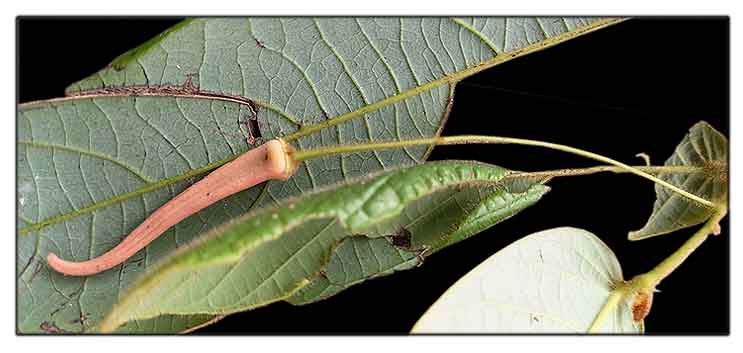
Family • Annonaceae
Talimughat taas
Friesodielsia lanceolata (Merr.) Steen.
| Scientific names | Common names |
| Friesodielsia lanceolata (Merr.) Steen. | Talimughat taas (Tagalog) |
| Oxymitra lanceolata Merr. | |
| Friesodielsia lanceolata (Merr.) Steenis is an accepted species. KEW: Plants of the World Online | |
January 2024
![]()
 |
| PHOTOS / ILLUSTRATIONS |
| IMAGE SOURCE: Annonaceae : Friesodielsia lanceolata / Flower / Copyright © 2022 by Anne Retuerna-Dioneda (contact: [email protected]) [ref. DOL206236] / Non-Commercial Use / Image modified / click on image or link to go to source page / Phytoimages.siu.ed |
Additional
Sources and Suggested Readings |
• |
DOI: It is not uncommon for links on studies/sources to change. Copying and pasting the information on the search window or using the DOI (if available) will often redirect to the new link page. (Citing and Using a (DOI) Digital Object Identifier) |
| List of Understudied Philippine Medicinal Plants |
| New plant names needed The compilation now numbers over 1,300 medicinal plants. While I believe there are hundreds more that can be added to the collection, they are becoming more difficult to find. If you have a plant to suggest for inclusion, native or introduced, please email the info: scientific name (most helpful), local plant name (if known), any known folkloric medicinal use, and, if possible, a photo. Your help will be greatly appreciated. |
• |
 |


